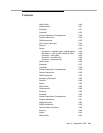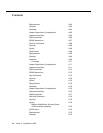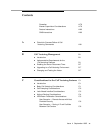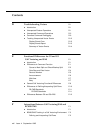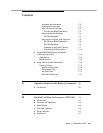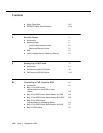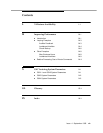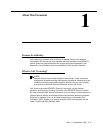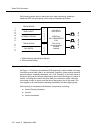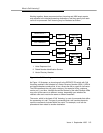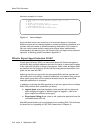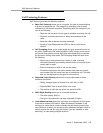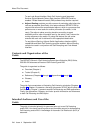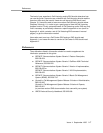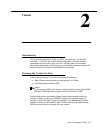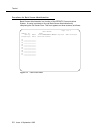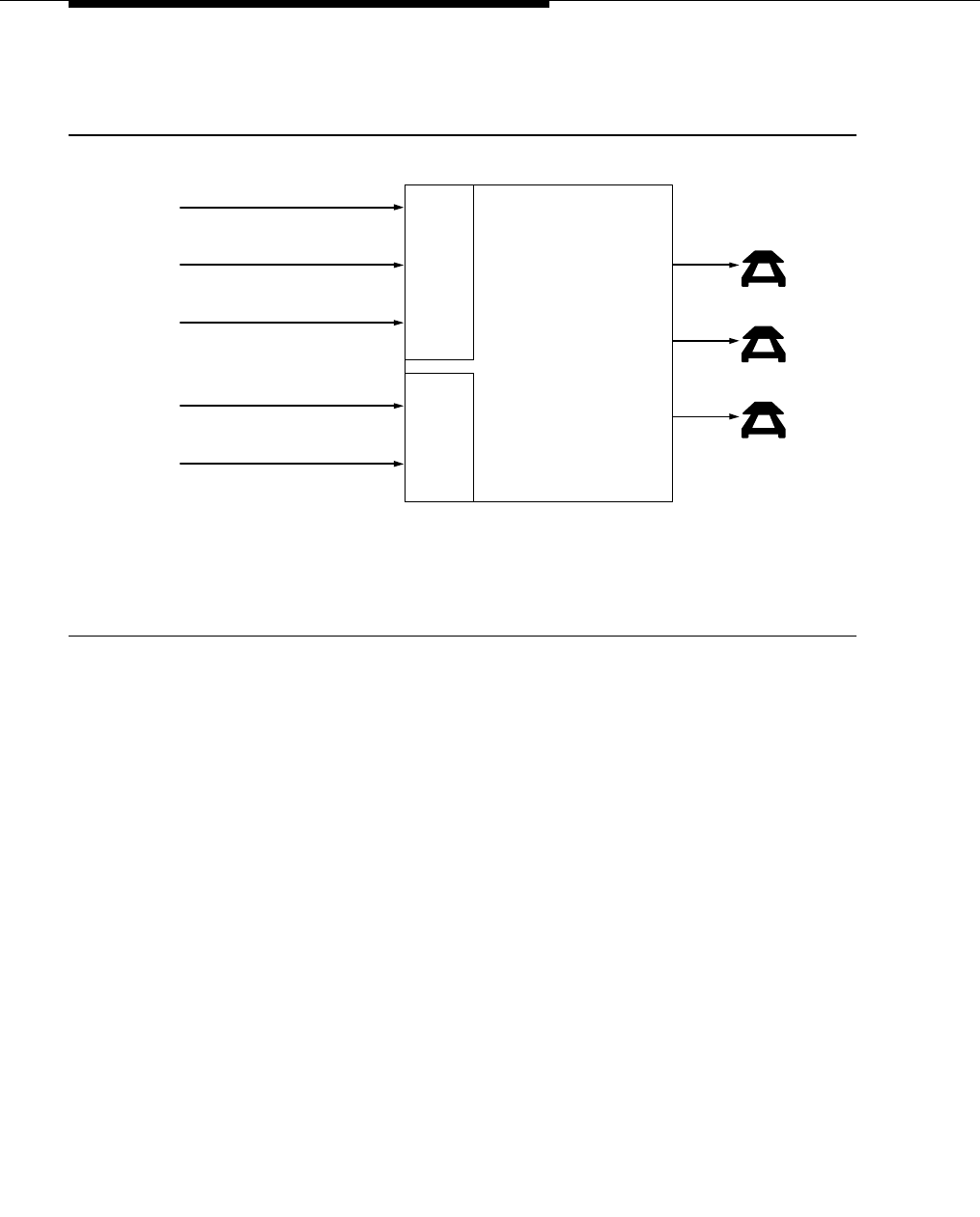
About This Document
1-2 Issue 4 September 1995
Call Vectoring works hand in hand with and, more importantly, enhances
traditional ACD call processing, which may be illustrated as follows:
1. Dialed Number Identification Service
2. Direct Inward Dialing
Figure 1-1. Traditional ACD Call Processing
As Figure 1-1 illustrates, the traditional ACD approach is rather limited in the way
it handles queued calls (that is, all calls within a specific queue receive identical
announcements, intraflow parameters, etc.). Call Vectoring, on the other hand, is
flexible in that it permits unique treatments for each call according to a number of
factors, including the number the caller dials, the number the caller calls from,
the number of calls in queue, and the time of day and/or day of the week. This
even applies to all calls that are ultimately handled by the same agent group.
Call Vectoring is comprised of three basic components, including:
■ Vector Directory Numbers
■ Vectors
■ Vector commands
ACD SPLIT
CALL QUEUE
IDENTICAL
CALL TREATMENTS
FOR:
Time of Day
Announcements
Intraflow
Interflow
N
O
N
P
R
I
O
R
I
T
Y
P
R
I
O
R
I
T
Y
TRUNK GROUP
DNIS
1
DIGITS
INTERNAL STATION
TRUNK GROUP
DID
2
DIGITS
A
C
D
A
G
E
N
T
S
I
N
C
O
M
I
N
G
C
A
L
L
S



